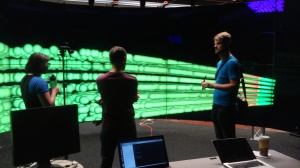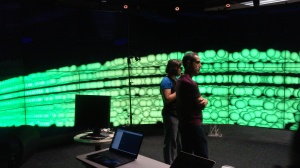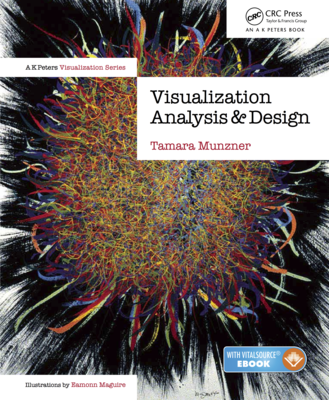Orientation at EVL
I had my first orientation to EVL on May 15th 2015 with other 5 undergraduate UIC students, We met our adviser Prof. G.Elisabeta Marai and discussed our plans for this REU and toured the lab and talked with some of the graduate students in the lab. We got our keys to the lab too !
Writing a semester plan
I wrote a semester plan for this REU and laid out my plan about learning different programs and visualization tools, reading assignments, due dates , prototype presentation dates.
Completing tutorials
We completed lots of tutorials during this REU , I have learned Javascript ,HTML, Git from different sites and also completed a tutorial on how to visualize data with D3, how to build 3D models with sketchup,how to program in python and work with Omegalib.
Attending tech talks on Fridays
Fridays are for tech talks in EVL. Every Friday afternoon different people in the lab give tech talks about different tools and technologies that they specialize on. I had an opportunity to learn a lot about Linux (I actually started using Ubuntu! ), Advanced D3, javascript and Unity game engine and many other.
Attending Wed EVL meetings
Wednesdays are for EVL meetings,students brief about their progress and grad students give a 30 minute talk about their research topics. These meetings are very educational and gave me an insight about what graduate student do.








